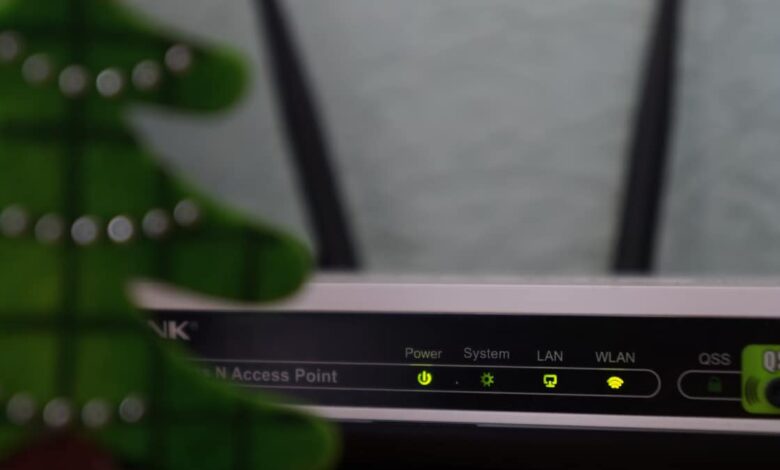Wi-Fi 8: Wired Grade Reliability & Improvements

Wi-Fi 8: The Future of Wireless Connectivity
Qualcomm is leading the charge in developing Wi-Fi 8, the next generation of wireless technology poised to deliver significant improvements in performance and reliability. This standard, currently under development as part of the ‘Ultra High Reliability’ (UHR) initiative, promises advancements like multi-access point coordination and seamless roaming. While the final standard isn’t expected until 2028, the anticipated benefits are already generating excitement.
What to Expect from Wi-Fi 8
Wi-Fi 8 aims to provide a more robust and consistent wireless experience, addressing key areas where current Wi-Fi standards fall short. Qualcomm, citing the IEEE scope document, highlights several key improvements:
- Lower Latency: Reduced latency at P95, meaning a more responsive and lag-free experience.
- Higher Throughput: Improved data transfer speeds, especially in congested environments.
- Seamless Roaming: Effortless transitions between access points, maintaining a stable connection as you move.
- Enhanced P2P Communication: Better performance for peer-to-peer connections.
- Increased Power Efficiency: Reduced power consumption for both access points and client devices.
- Wired-Grade Reliability: Achieving a level of reliability comparable to wired connections.
Wi-Fi 7 vs. Wi-Fi 8: A Focus on Reliability
While Wi-Fi 7 (IEEE802.11be) brought improvements in speed and throughput, Wi-Fi 8 prioritizes reliability. Wi-Fi 7, developed under the Extremely High Throughput (EHT) initiative, focused on maximizing data transfer rates. Wi-Fi 8, on the other hand, is designed to ensure a consistent and dependable connection, even in challenging environments.
Think of it this way:
| Feature | Wi-Fi 7 (EHT) | Wi-Fi 8 (UHR) |
|---|---|---|
| Primary Focus | Speed & Throughput | Reliability |
| Key Improvement | Faster Transmission | Seamless Connectivity |
| Target Use Cases | High-bandwidth Apps | Mission-Critical Apps |
The Growing Need for Reliable Wireless
The push for Wi-Fi 8 is driven by the increasing demand for reliable wireless connectivity in emerging applications. Qualcomm emphasizes the rise of new wireless devices, such as augmented reality (AR) glasses and other wearables, which require stable and consistent connections to function effectively. These devices are becoming increasingly integrated into our daily lives, making reliable wireless a necessity.
Key Areas of Improvement for Wi-Fi 8
Qualcomm identifies five key areas where Wi-Fi 8 is expected to deliver significant improvements:
- Seamless Roaming: As mentioned above, smooth transitions between access points are crucial for maintaining connectivity on the move.
- Power Efficiency: Optimizing power consumption is essential for extending battery life in mobile devices and reducing the overall energy footprint of wireless networks.
- Coexistence with Other Protocols: Wi-Fi 8 aims to coexist more effectively with other wireless technologies, minimizing interference and ensuring optimal performance.
- Improved Edge Performance: Enhanced performance at the edge of the network, providing reliable connectivity even in areas with weaker signal strength.
- Coordination in High-Density Areas: Better coordination between access points in crowded environments, preventing congestion and ensuring consistent performance for all users.
The Future is Wireless, and It’s Reliable
While the IEEE802.11bn standard for Wi-Fi 8 is still under development, with finalization expected in March 2028, the industry is already anticipating its arrival. Qualcomm and MediaTek are actively contributing to the development of this next-generation standard, and we can expect to see Wi-Fi 8 supported in devices by the end of the decade. The future of wireless is not just about speed; it’s about reliability, and Wi-Fi 8 is poised to deliver on that promise.




